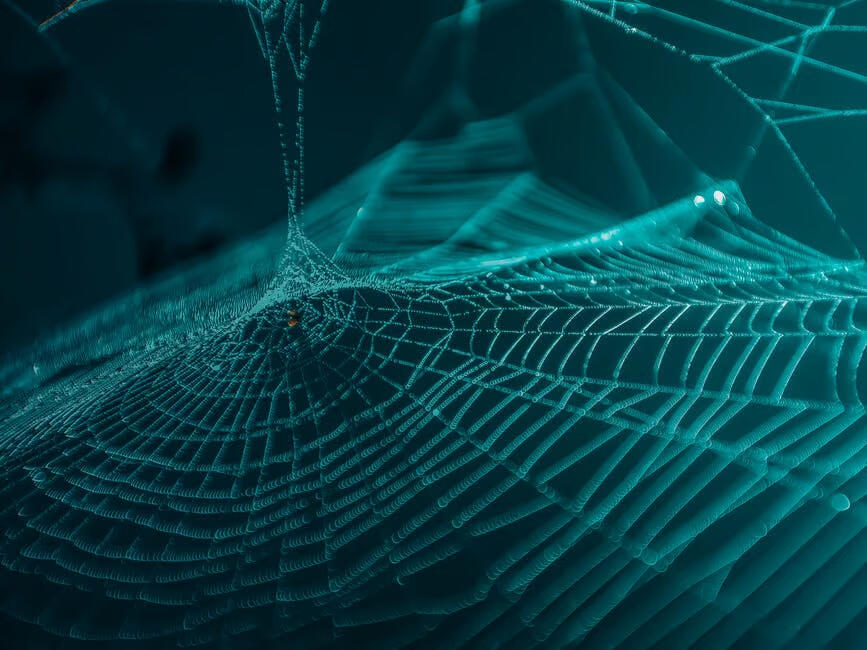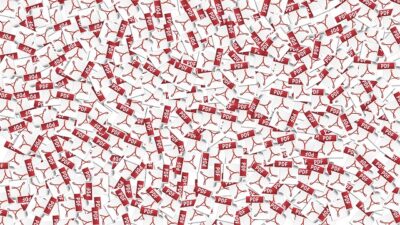Have you ever heard that there are more than 45,000 species of spiders throughout the world?
One of the coolest things a spider can do is produce silk. Each type of spider uses their silk to create incredible webs.
What should people know about these spider webs? Read on for our spider web pattern guide.
Orb Webs
Orb webs are perhaps the most recognizable. They’re the ones that look like perfect circles suspended in mid-air, often seen shimmering with dew in the morning light. Orb-weaving spiders are the ones who construct these webs.
The radial threads radiate outward from a central hub, forming a spiral that spirals toward the center. This design maximizes the web’s ability to catch flying prey, as insects collide with the sticky silk strands.
Funnel Webs
Funnel webs have a more irregular shape that resembles a funnel or a cone. These webs are often built close to the ground in grassy or wooded areas. The spider waits at the bottom while they wait for vibrations from prey that wander into its trap.
The silk of funnel webs is not sticky like that of orb webs but serves to alert the spider to the presence of potential meals.
Sheet Webs
Sheet webs are horizontal structures made up of flat, interconnected strands. You can find them spanning across vegetation or even between man-made structures.
Sheet web spiders often hide beneath or within the layers of silk, waiting for unsuspecting insects to land on the surface. Once they detect prey, the spider emerges to subdue it.
Tangle Webs
Tangle webs are perhaps the most chaotic in appearance, with a haphazard arrangement of silk strands crisscrossing in all directions. These webs are built fast, often in response to immediate hunger or environmental conditions.
While they may not be as beautiful as orb webs, tangle webs are effective at ensnaring insects that fly or crawl into their midst.
The Marvel of Spider Silk
What makes spider silk so special? Unlike the silk produced by silkworms, which is made up of a single type of protein, spider silk is composed of multiple proteins, each with unique properties.
This diversity allows spiders to tailor their silk for different purposes, whether it’s strength, elasticity, or stickiness. Learning about the different types of house spiders can help you figure out what kinds of spiders and their webs are in your home.
Scientific Applications and Future Prospects
Spider silk is quite strong for its weight, surpassing even steel in terms of tensile strength. This remarkable strength is due to the arrangement of protein molecules within the silk strands, which form a complex structure capable of withstanding considerable force.
Scientists are studying spider silk in the hopes of harnessing its properties for various applications.
Now You Can Appreciate a Spider Web Pattern More
An intricate spider web pattern is both beautiful and awe-inspiring. From orb webs to funnel webs and beyond, each design is finely tuned to help spiders survive in different environments.
Was our spider web guide fascinating? Be sure to keep our blog in your bookmarks tab so you can always come back for more fun content.









